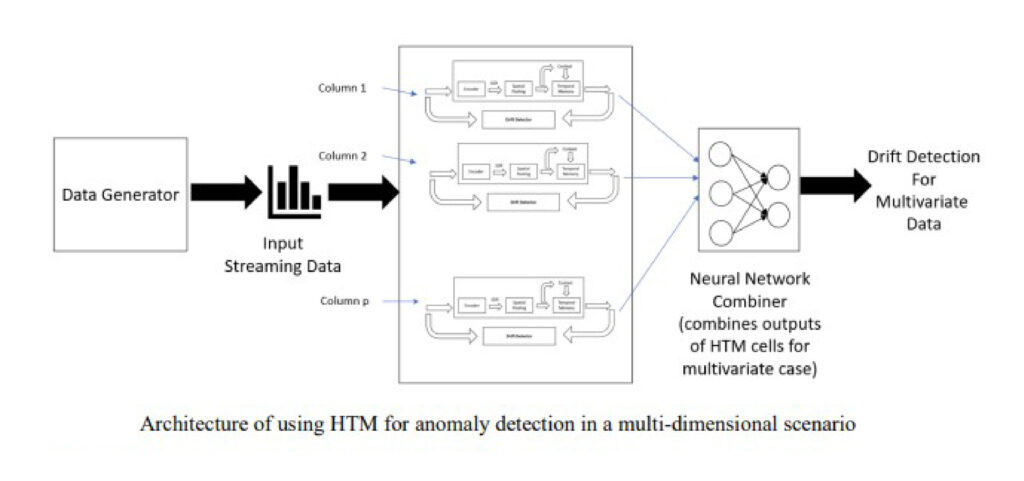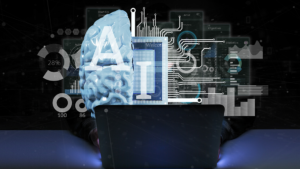


Sagar Nangare
5 Minutes read
The Hidden Threat of Data Drift in Telecom AI
The rapid advancement of artificial intelligence (AI) and machine learning (ML), particularly with the rise of large language models (LLMs), underscores the pivotal role of data in driving accurate predictions, actionable insights, and responsive systems. Data is the foundation of AI and ML applications in sectors like telecommunications, finance, and beyond. However, what happens when the data used by these models becomes outdated, irrelevant, or misaligned with current realities? Data drift presents a significant obstacle to sustaining the accuracy and effectiveness of AI systems over time.
What is Data Drift?
Data drift occurs when the statistical characteristics of input data change over time, leading to a mismatch between training data and real-world data. The shift can significantly undermine the accuracy and dependability of AI systems, making it a critical issue in maintaining model performance. For instance, a model trained to predict customer purchases based on historical shopping patterns may falter if consumer behavior shifts due to seasonal trends or economic changes, rendering its predictions less accurate. Data drift manifests in three primary forms:
- Covariate Drift (Input Drift)
Shifts in the distribution of input features, such as a change in customer demographics. - Concept Drift
Alterations in the relationship between input and outputs, for example, when a new policy changes customer behavior. - Label Drift
Changes in the distribution of the output variable, such as a shift in fraud rates.
A Simple Example of Data Drift
Consider an AI-based spam email filter trained on 2020 email data, where spam messages commonly included phrases like “free money” or “lottery.” Initially, the filter performed well. However, by 2025, spammers will adopt new tactics, using phrases like “exclusive offer” or “urgent deal.” The filter, still reliant on outdated patterns, fails to detect these new spam emails. It is an example of covariate drift, where the input data (email content) shifts, but the task (identifying spam) remains unchanged.
Data Drift in Telecommunications
In the telecommunications industry, AI and ML models are integral to critical functions such as network optimization, fault prediction, customer churn prediction, and fraud detection. These models depend on diverse data streams generated by network components, including detail records, traffic patterns, and user behavior metrics. These data types of support monitoring, automation, optimization, security, and analytics are all vital for delivering high-quality services.
However, telecom environments are inherently dynamic. User behavior evolves (e.g., increased streaming or gaming), network traffic fluctuates (e.g., during holidays or 5G adoption), and technology advances (e.g., new IoT protocols). If data drift goes undetected, models trained on historical data may produce inaccurate predictions or fail to adapt, leading to:
- Degraded network performance (e.g., undetected congestion).
- Increased customer churn due to poor service quality.
- Higher operational costs from inefficiencies or undetected fraud.
- Regulatory penalties for failing to meet service standards.
Innovative Approaches to Data Drift Detection
The significance of adopting data drift in telecom networks has spurred innovative research. A notable example is a white paper by Ericsson, which introduces a hybrid framework for detecting data drift and anomalies in real-time streaming data, a common scenario in telecom networks. The framework combines Hierarchical Temporal Memory (HTM), a biologically inspired machine learning model, with the Sequential Probability Ratio Test (SPRT), a statistical method for sequential hypothesis testing.

In this approach, HTM continuously models the probability of incoming data similarity, and its output is fed into an SPRT-based algorithm to detect significant data shifts in an unsupervised setting. For supervised scenarios, the framework extends to combine multiple HTM outputs across different data dimensions using a neural network to identify anomalies. Experimental results highlight the hybrid HTM-SPRT method’s superior performance and adaptability compared to traditional drift detection techniques, making it a promising solution for telecom applications.
Critical Questions for Telecom Leaders
Data drift is not just a technical challenge; it is a strategic imperative for telecom organizations Data drift is a technical challenge and a strategic imperative for telecom organizations aiming to maintain competitive advantage and operational excellence. Undetected data drift can erode the reliability of AI and ML models, compromising service quality, customer satisfaction, and financial performance. As telecom networks become increasingly data-driven, leaders must prioritize robust data drift detection to ensure their AI systems remain accurate and relevant in a rapidly evolving environment.
To navigate this challenge, telecom leaders should reflect on the following questions:
- How are we currently monitoring data drift in our AI and ML models, and are our detection methods keeping pace with the dynamic nature of telecom data?
- What investments are needed to implement advanced drift detection frameworks, such as the hybrid HTM-SPRT approach, to enhance real-time adaptability?
- How can we balance the computational costs of continuous model retraining with the need to maintain model performance in the face of data drift?
- Are our teams equipped with the expertise and tools to identify and address data drift across diverse data streams, from network traffic to customer behavior?
How can we leverage data drift detection to maintain performance and uncover new opportunities for innovation and customer engagement? By addressing these questions, telecom leaders can ensure their AI-driven systems remain robust, deliver reliable services, and drive sustainable growth in an era of constant change.
Related Insights


The Architecture of Agentic RAG: Reasoning-Driven AI Systems Explained

The AI Developer’s Guide to Data Formats: TOON vs. JSON and Beyond


Closed-Loop Energy & Carbon Optimization for Manufacturing Lines

